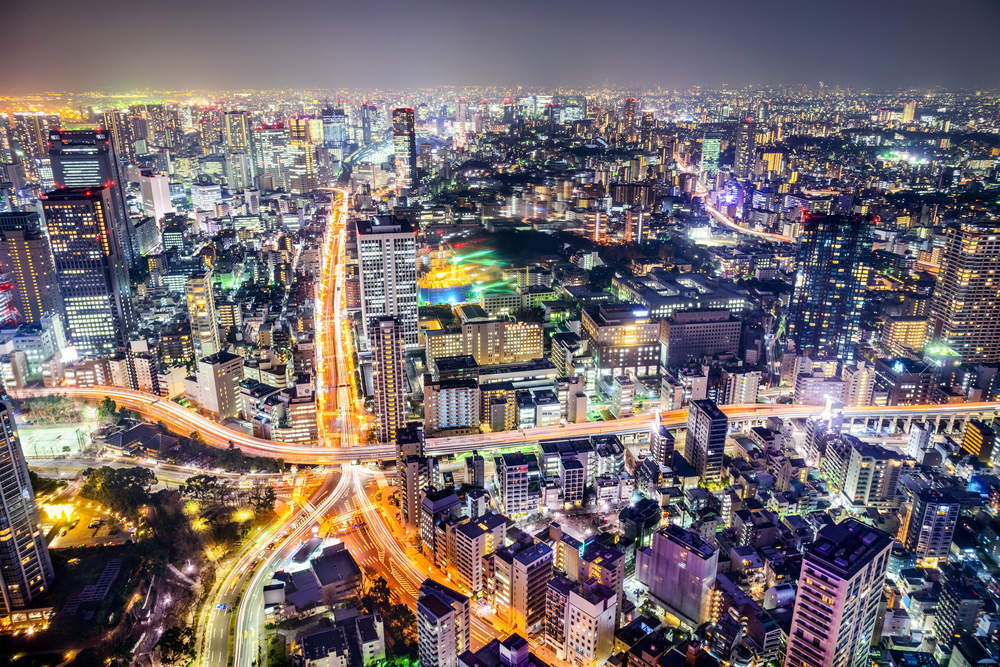Japan’s population currently stands at 127m; this is predicted to fall as low as 86m by 2060.
With one the lowest fertility rates in the world (1.4 children per woman) and over a quarter of the population over the age of 65, the country has a major long-term challenge to tackle.
Unless the government alters its view on immigration, Tokyo could also struggle to remain the world’s largest city.
Japan’s cultural and social views differ from the Western world; traditionally Japanese people disapprove of children born to unmarried mothers, even today just two percent of children in Japan are born outside of marriage.
However, the percentage of unmarried people in the country is currently at an all-time high. People in the country are having fewer babies, having them later in life, or not bothering with starting families at all.
There are a number of hypothesised reasons for this trend.
How well do you really know your competitors?
Access the most comprehensive Company Profiles on the market, powered by GlobalData. Save hours of research. Gain competitive edge.

Thank you!
Your download email will arrive shortly
Not ready to buy yet? Download a free sample
We are confident about the unique quality of our Company Profiles. However, we want you to make the most beneficial decision for your business, so we offer a free sample that you can download by submitting the below form
By GlobalDataNotably, women’s attitudes have shifted away from family life; younger women in Japan are now putting off having children in favour of economic and financial stability via a career.
This is because women in Japan still feel like it is either one or the other; they can’t have both.
Japanese women who take maternity leave are often subject to scrutiny and demotion from Japanese companies, in fact, according to the BBC, the country has previously been dubbed the “worst place in the developed world for working mothers”, with 70 percent of women quitting their job after having their first child.
Men’s attitudes have also changed; younger men in Japan now less actively seek girlfriends or have no interest in marriage whatsoever, leading to the term herbivore men.
Many blame Japan’s thriving sex industry for dis-incentivising young men to pursue relationships and marriage.
The industry, which includes brothels, massage parlours and love hotels, was worth a staggering $24bn in 2014.
The situation in Tokyo is similar; the city’s over 65s currently make up 23 percent of its population according to GlobalData research, but the environment for having children is worse than the rest of the country: the cost of living is high, space is limited, and work and commuting hours are long.
This leaves Tokyo with the lowest birth rates in the country.
The issue is that a declining and ageing population means a shrinking workforce and therefore shrinking GDP.
Tokyo, which is the world’s largest city — by population and by GDP — risks hindering its position on the world stage unless Japan finds a solution to the crisis.
Arguably, the most logical response is to increase the amount of immigration into the country.
However, currently less than two percent of the population is non-Japanese and the majority of immigrants are Chinese.
This is because Japan’s attitude towards immigration differs greatly to the rest of the developed world; Japanese people have a general hostility towards immigrants, believing immigration “would alter significantly Japan’s homogeneous population with its shared values and harmonious consensus”, according to the Japan Times.
Japan has somewhat loosened its strict immigration policy. More unskilled foreign workers have been allowed to enter the country to fill positions such as care workers and maids; intended to free up Japanese women (and possibly men) who do not work in order to take care of their elderly relatives or children.
Tokyo is a globally attractive city, if the government is willing to open the country up to immigrants, then Tokyo could potentially retain the size of its labour force. But, Japan’s reluctance to significantly increase immigration gives the city few options capable of solving the problem.
But, the main response from Prime Minister Shinzo Abe is the implementation of measures to entice women and the elderly into the workforce, including increasing the amount of day care centers.
However, this will not stop the fact that women are postponing starting families due to fear of hindering their careers. Simply, the measures in place are not sufficient to tackle the labor shortage; Tokyo, and Japan as a whole, are likely to suffer as a consequence.
The government has two options to stop Japan’s population decline.
Either revolutionise cultural views and work place practices, so more children are born outside of marriage and women do not feel having a child is a career risk.
Or, open the country up to immigration. The former is a tough challenge and the latter seems unlikely; only time will tell how severe the effect of this population crisis will be on the world’s third largest economy and the world’s largest city.







